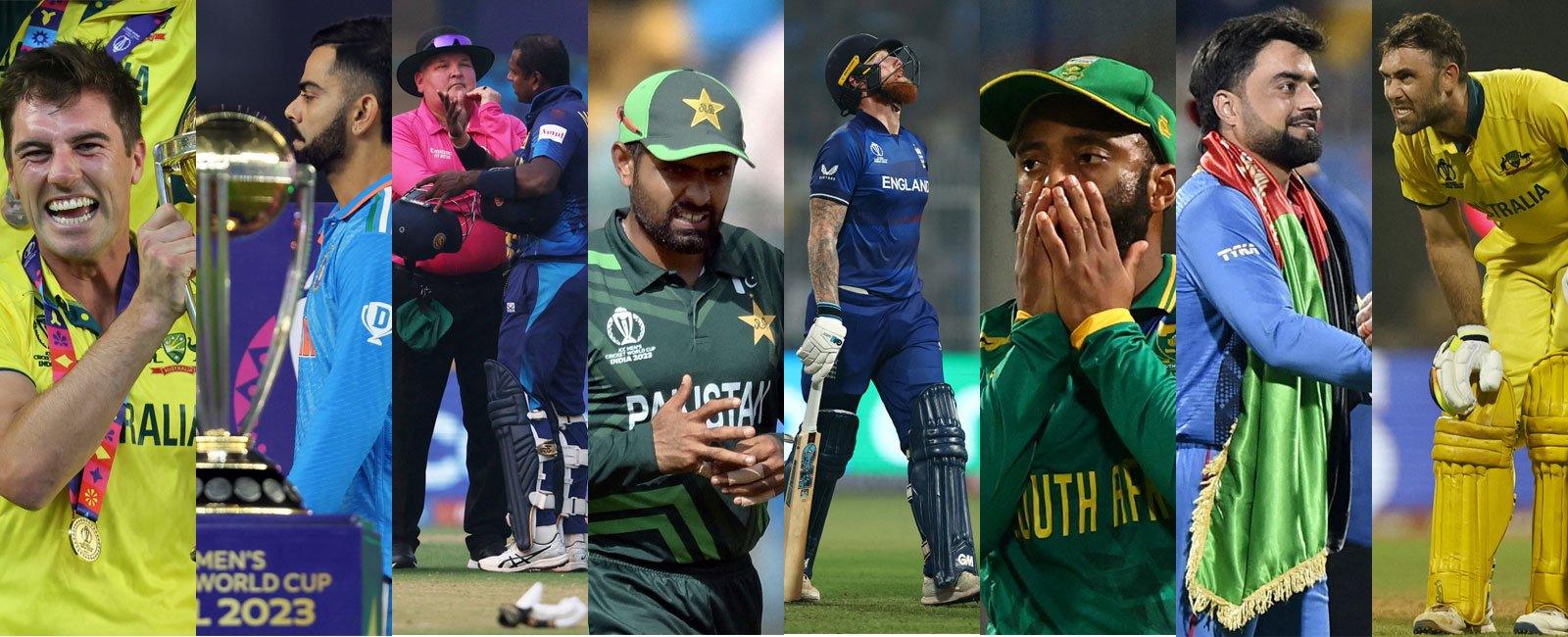World Cup 2023: Are empty stands, batting-dominated games, bad omens for ODI format?
Here are the major takeaways from Cricket World Cup 2023, ending with Australia's 6th ODI World Cup title

ICC Cricket World Cup 2023 ended with agony for favourites India and ecstasy for dominant Australia as they claimed their sixth World Cup title and beat the hosts by six wickets at Ahmedabad on Sunday in front of a full house, which mostly remained mum for the majority of the game.
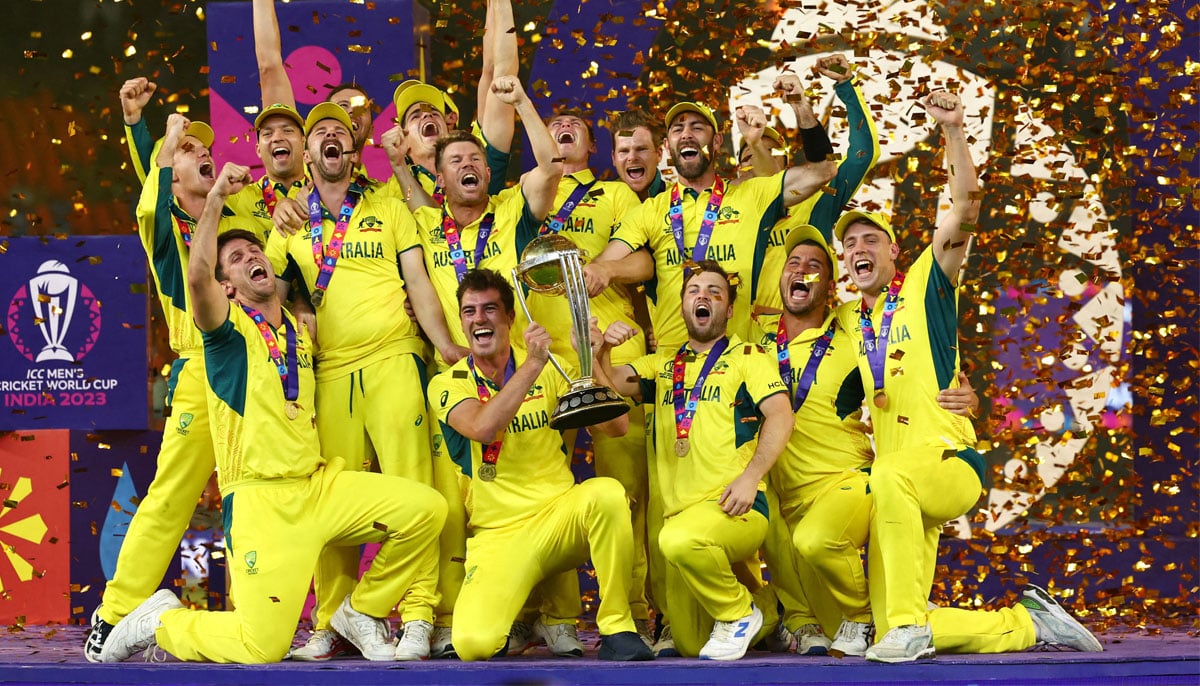
Like all multi-national tournaments, this World Cup also gave us some memorable moments. Be it Afghanistan giving big teams a scare for the semi-final spot, Maxwell scoring a double ton with a single leg or some controversial moments like the Angelo Matthews timeout, the tournament will live long in the memories of the fans.
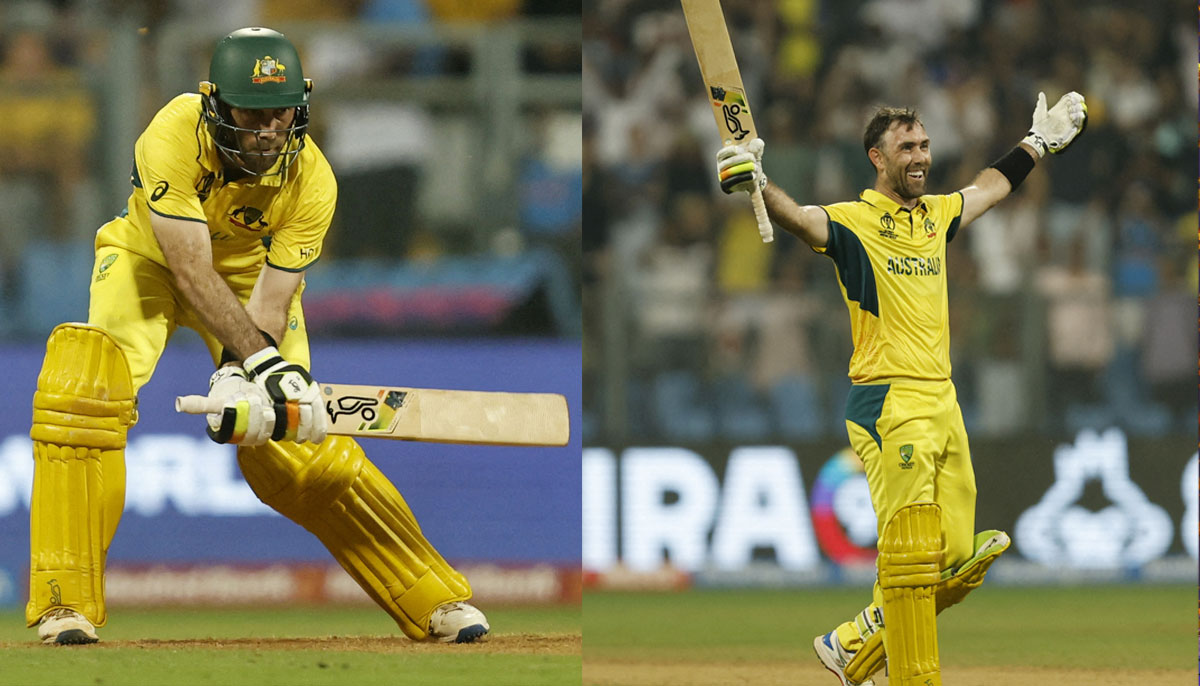
Here are some of the takeaways from this tournament, which could change the ODI format in the future.
No close competition
The first thing that comes to mind is the rarity of games going down to the wire since many encounters were decided with lots of overs remaining. The one-sided nature of matches was not a good advertisement for this format’s future.
For example, not a single game was played for the full 100 overs. Only nine out of the 48 games played in this tournament were eligible to be called close games.
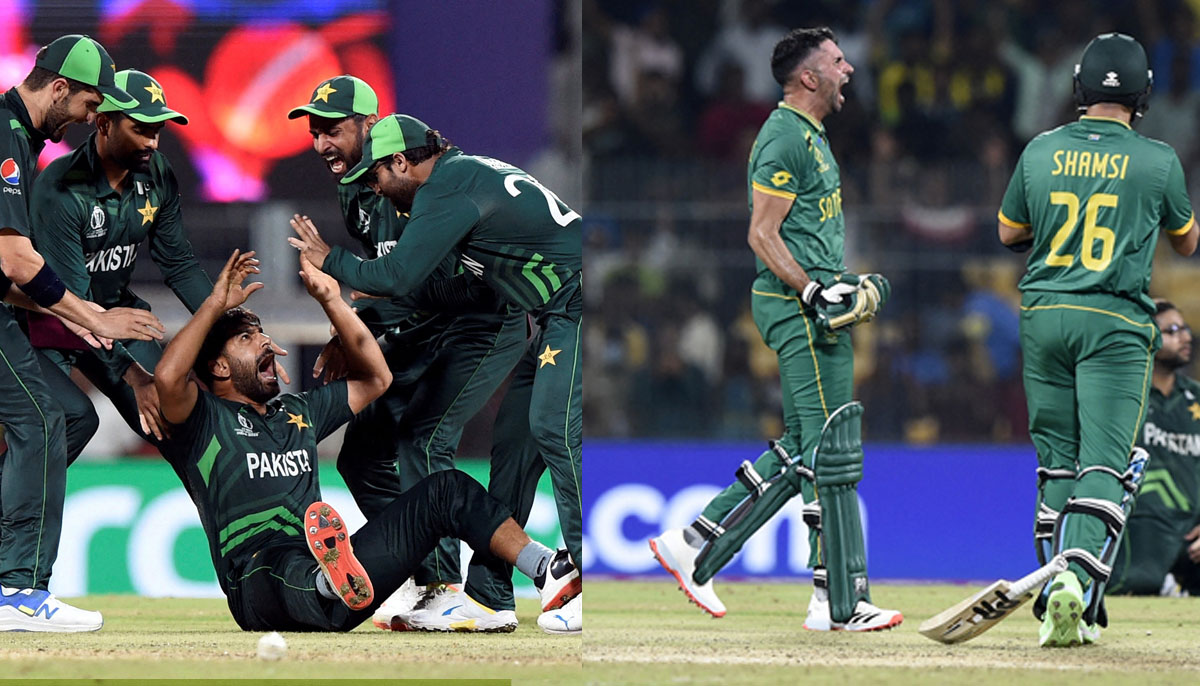
The Pakistan vs Sri Lanka game, which was won by the former with 10 balls remaining, the Australia vs New Zealand fixture, which went down to the wire as Cummins’ men prevailed by only five runs, and the Pakistan- South Africa game, that the Proteas won courtesy Keshav Maharaj and Tabraiz Shamsi’s grit, were some of the very few matches that glued audiences to their screen.
The one-sidedness of the matches made the tournament a little boring to watch for the viewers, especially from the beginning to the middle part.
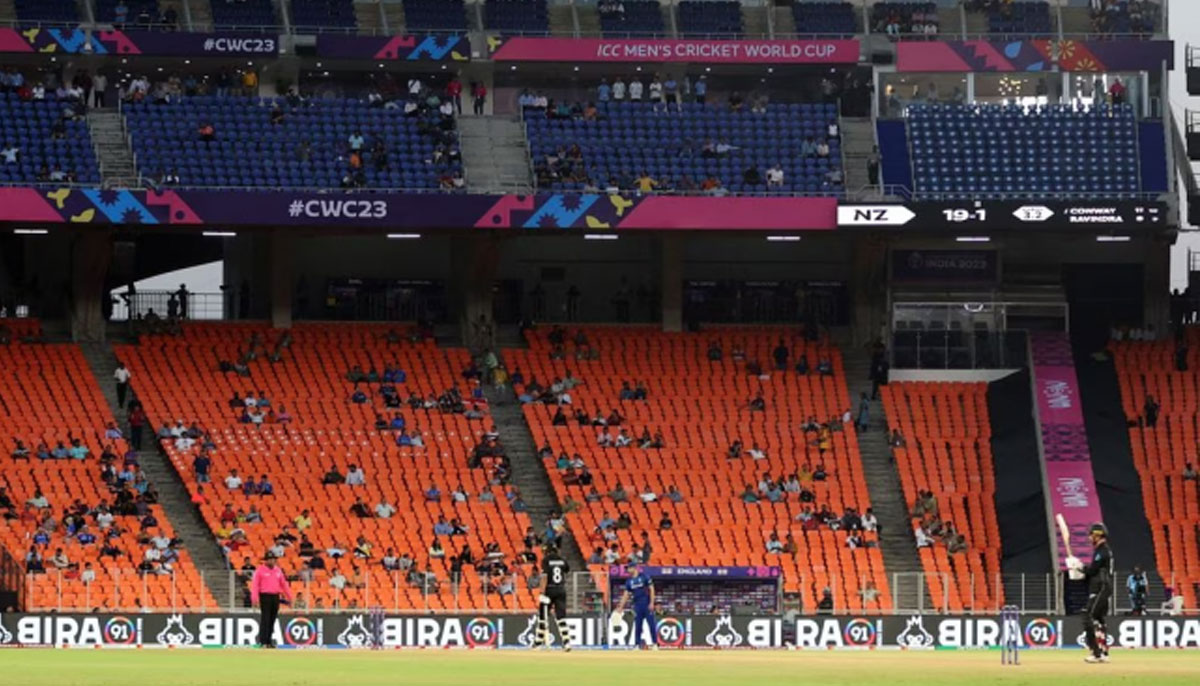
The interest was restored, however, in the later part of the tournament but it was due to the standings of the table and how the results affected some other teams’ standings.
Bilateral ODIs are dead
The World Cup has also raised serious questions marks about the future of the bilateral ODI series.

Bearing in mind the one-sided matches, would anyone want to watch an eight-hour ODI in a bilateral series if you take away the context of the point table? I'm afraid the answer is no, which is why teams might play less ODI cricket in the coming years. As time progresses, the ODI format might be limited to the World Cup and the Champion Trophy only.
Minnows who?
However, the tournament had its fair share of surprises courtesy of the performances of teams like Afghanistan and the Netherlands, who played out of their skins.
The Netherlands registered two victories and showed glimpses of their readiness for the big stage. The South Africa win was huge for them and beating Bangladesh also showcased the improvement they had made over the years.
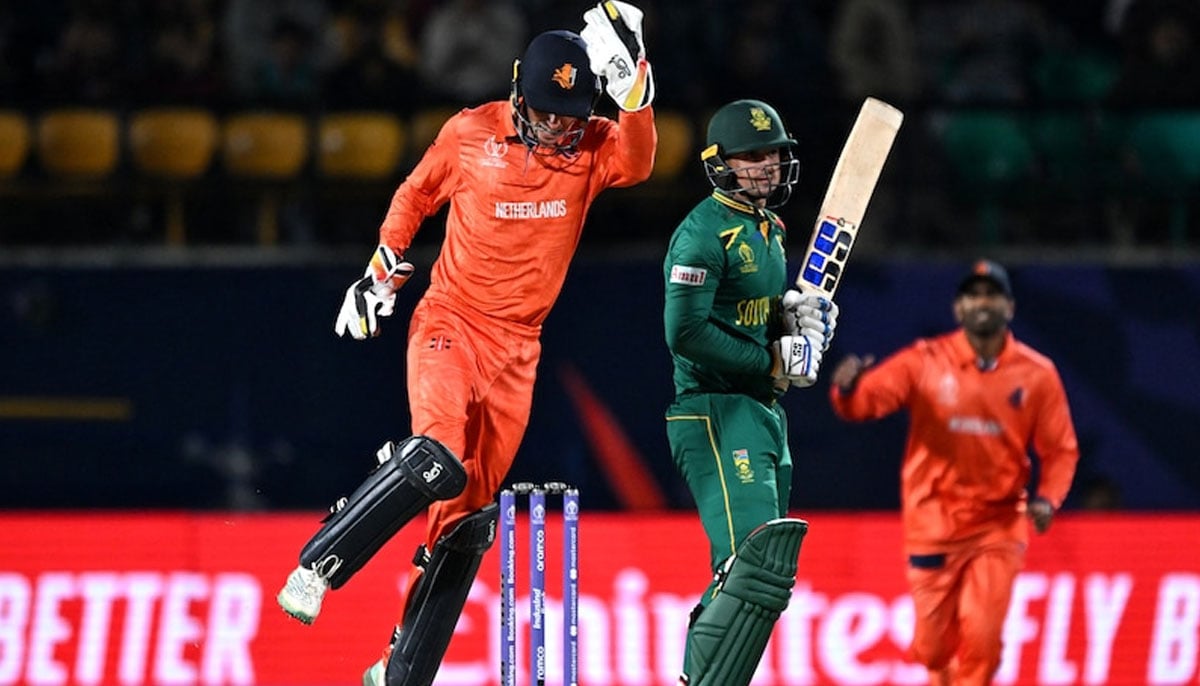
But one of the stars of the tournament was undoubtedly Afghanistan. For a team that had only one World Cup win before this tournament, they impressed one and all and almost made it to the semis.
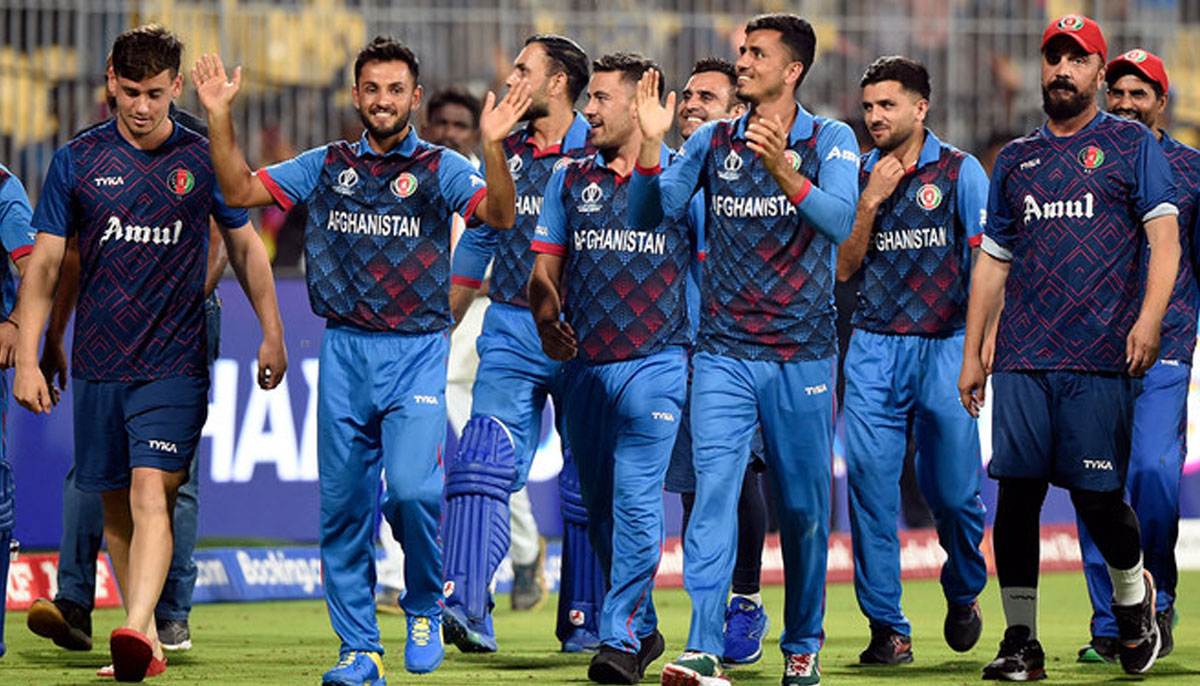
Afghanistan’s performance in this tournament was one for the ages as they gave teams like Pakistan and New Zealand a scare for the fourth semi-final spot and, if not for that magical Maxwell innings, they might well have become the team to create history.
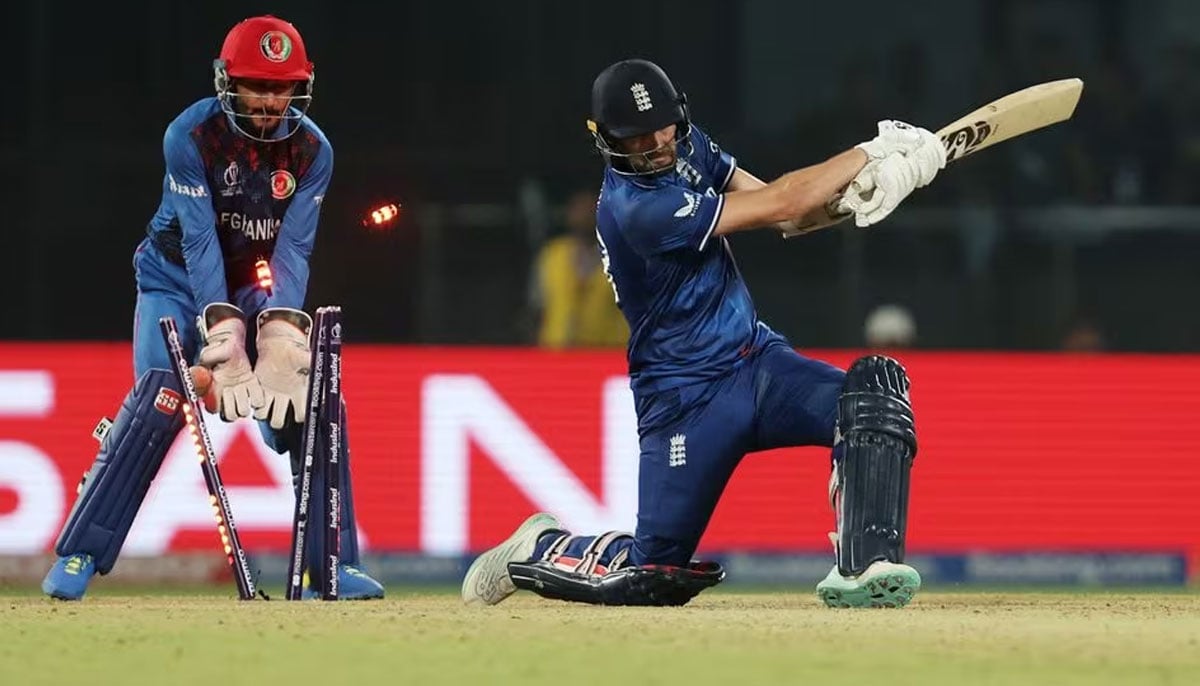
Who would want to be a bowler?
This tournament witnessed the most number of runs scored, the most number of 300-plus scores, the most number of individual hundreds (40), the most number of sixes (650+) and the most number of boundaries (2100+) among all ODI World Cup events until now.

Was it because the batters have become brilliant? or because the game has been moulded in a way that supports the batter and lets the bowlers drown in a flood of sixes and fours.
If you look at the changes to the ODI game in the last 10 years or so, you will notice that it has become impossible for teams to contain batters, specifically when given batting-friendly conditions. The rule about having only four fielders outside the circle from over 11 to 40 has contributed to this significantly.
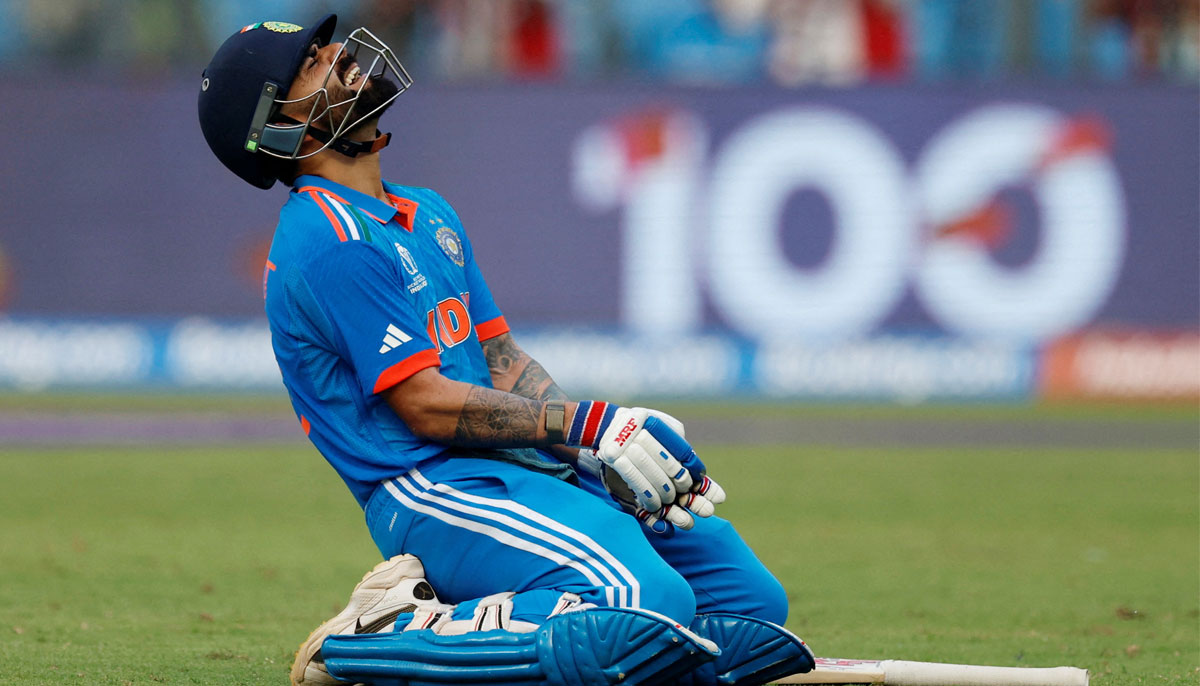
As time has progressed, boundaries have become shorter, bats have become thicker and batters have become bold in terms of their approach towards the game. So, at such a point in time, who would want to be a bowler? Who would want to get smashed for a hundred runs in 10 overs every day?
However, we should not forget that we saw some exceptional bowling performances from bowlers like Mohammad Shami, Adam Zampa, Dilshan Madushanka and Shaheen Shah Afridi but quality bowlers like Mitchell Starc, Haris Rauf, Trent Boult, Rashid Khan and others were seen struggling for the most of the tournament.
Can ODIs be rescued?
The introduction of two new balls, smaller boundaries and rules in favour of the batters have made bowling look so uninspiring. The problem in such a condition is that when a 10-year-old or 12-year-old kid watches cricket, they would always want to be a batter.
He/she would not want to be a bowler and get smashed every day, they would want to go out and hit the bowlers all over the park.
So, the ICC higher-ups will have to review the playing conditions and even competition between bat and ball. Otherwise, international cricket might turn into a Hong Kong Super Sixes competition.

The future of this format hangs in the balance and multi-lateral tournaments might bring audiences to their screens and grounds only if they are made a lot more engaging and competitive. Otherwise, ODI cricket might not survive the test of time.



